Imagine bringing home a dog that turns heads everywhere—a towering, majestic companion full of love and loyalty. But should you go for the regal Great Dane or the mighty Mastiff? Both breeds are known for their impressive size and unwavering devotion, but they have distinct differences that can impact your lifestyle.
The Great Dane, often called a ‘gentle giant,’ thrives on human interaction and loves being a part of the family. The Mastiff, on the other hand, is a powerful protector with deep-rooted guarding instincts. So, which one is the perfect fit for you?
In this guide, we’ll compare their temperament, training needs, health, and more to help you make an informed decision.
Great Dane vs. Mastiff
When it comes to big dogs, few breeds are as impressive as the Great Dane and the Mastiff breed. Both are known for their towering size, loyalty, and affectionate nature, but they have unique differences that set them apart.
The Great Dane, often called the “Apollo of dogs,” is one of the tallest purebred dogs, standing up to 32 inches at the shoulder, as mentioned in Hills. Despite their size, these fantastic dog breeds are playful, friendly, and love human companionship.
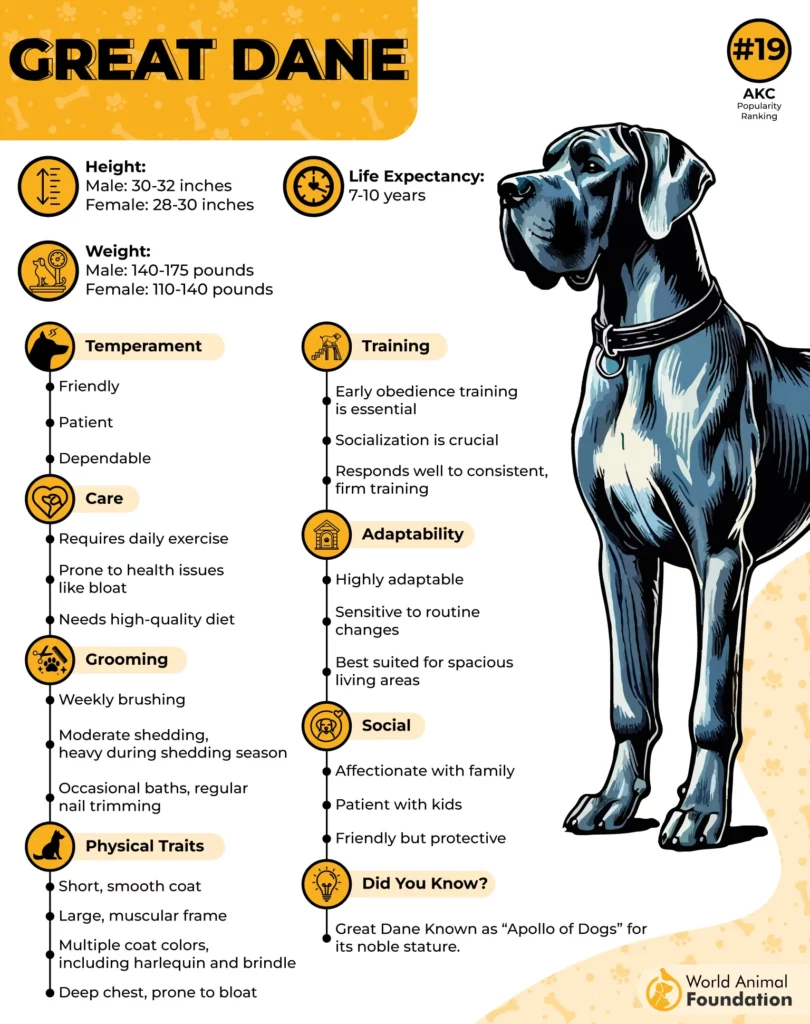
On the other hand, the Mastiff is a true gentle giant with a more muscular build and a broad, powerful frame. While they’re calm and affectionate, they have deep protective instincts, making them excellent guard dogs.
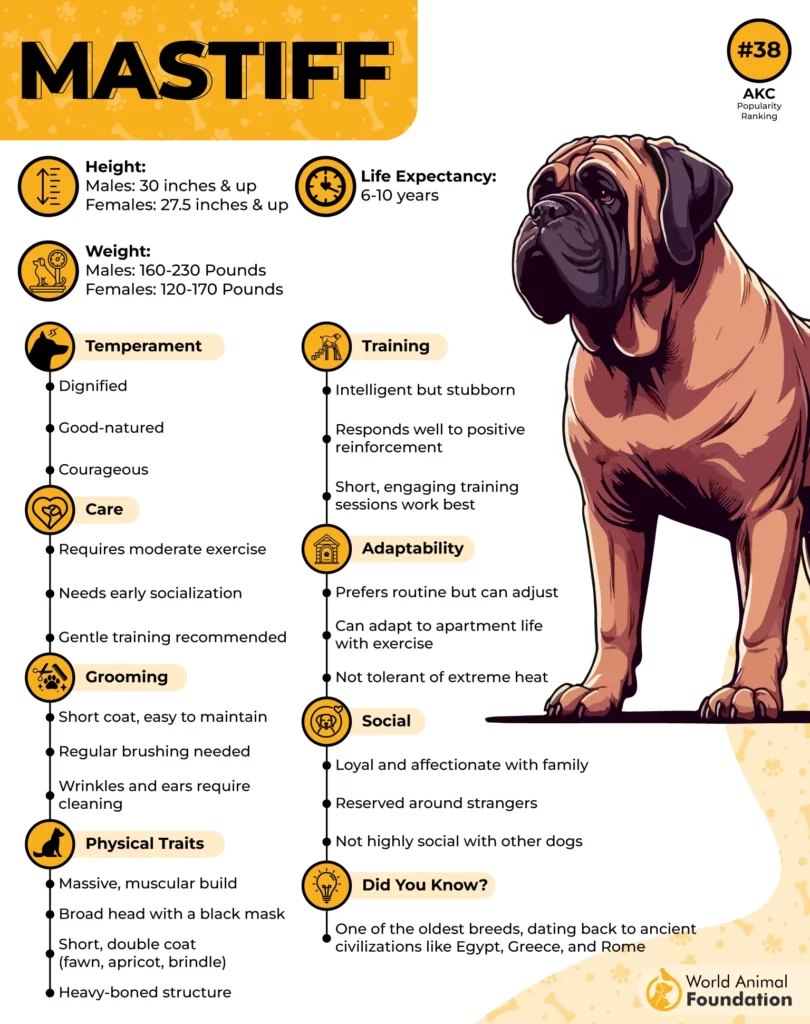
Below is the more detailed analysis that you may be looking for!
Great Dane vs. Mastiff: Temperament
If you’re looking for a dog with a big heart to match its big size, both the Great Dane and Mastiff have incredible personalities—but in different ways!
Personality & Social Behavior
Both the Great Dane and Mastiff are known for their loyal and affectionate nature, but their temperaments have some key differences. Danes tend to be playful, goofy, and eager to please, making them great for active families. They love attention and are super friendly with other dogs and even strangers! Mastiffs, on the other hand, are more reserved and protective. They’re deeply loyal but can be a bit cautious around new people.

Energy Levels & Family Compatibility
When it comes to giant breeds, energy levels can vary. Danes tend to have bursts of energy and enjoy playtime, while Mastiffs are more laid-back and relaxed. If you have small children, a Great Dane’s playful nature might be a perfect fit—just keep in mind their size! Mastiffs, being excellent family dogs, are incredibly gentle and patient, making them great protectors for kids.
Who’s the Ideal Owner?
If you’re someone who loves large breeds with a fun-loving personality, a Great Dane might be the perfect match. They thrive on companionship and do best in homes where they get plenty of attention. Mastiffs, being one of the popular breeds for guard dogs, need an owner who can provide firm but gentle training.
Whether you choose a playful Dane or a protective Mastiff, make sure you find a reputable breeder to ensure a happy, healthy pup!
Great Dane vs. Mastiff: Training and Socialization
Training a large-size dog comes with unique challenges, but both the Great Dane and Mastiff are intelligent and capable learners—with the right approach!
Trainability & Intelligence
Great Danes are eager to please and pick up commands quickly, making training relatively smooth, as mentioned by the AKC. They respond best to positive reinforcement and consistent routines. Mastiffs, on the other hand, are independent thinkers. While they are highly intelligent, they can also be a bit stubborn, so patience is key!
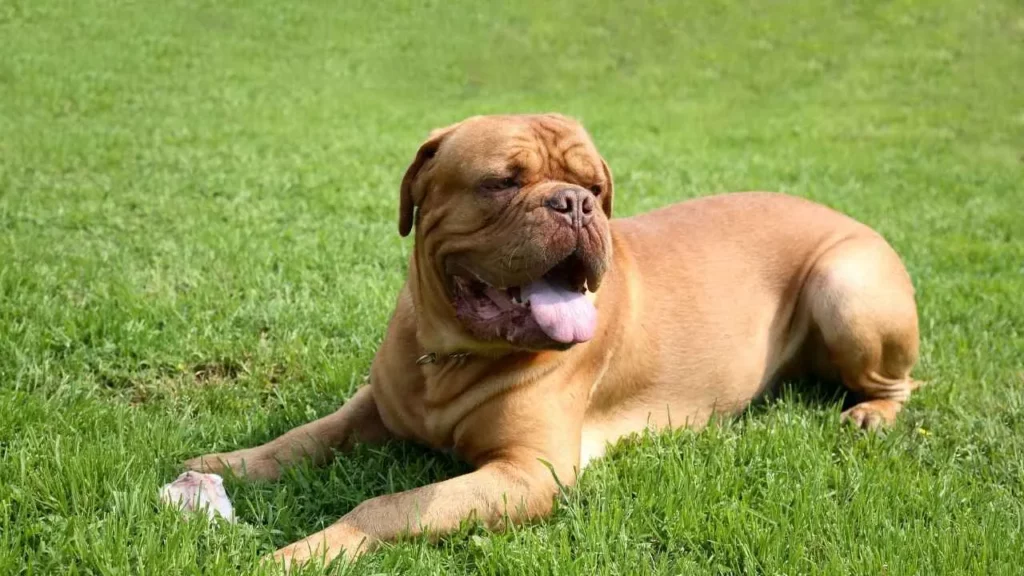
Starting training at an early age is crucial for both breeds. Since their large size can be overwhelming, early obedience training ensures they don’t develop bad habits like jumping or pulling on the leash.
Socialization Needs & Challenges
Both breeds need early and frequent socialization. Great Danes are generally social and friendly but can become overly excitable if not trained properly. Mastiffs, due to their natural guarding instincts, require careful socialization to ensure they don’t become overly aggressive or overly protective, as stated in WebMD.
Introducing puppies to different people, pets, and environments helps them grow into well-adjusted adults. Regular exercise and mental stimulation also play a big role in preventing unwanted behaviors.
Great Dane vs. Mastiff: Health and Wellness
Like many large dogs, both the Great Dane and Mastiff are prone to certain health problems, so proactive care is essential to keep them happy and healthy.
Common Health Issues
One of the most common health issues in both breeds is hip dysplasia and elbow dysplasia, conditions that affect joint mobility and cause discomfort. Regular vet check-ups and weight management can help reduce the risk.
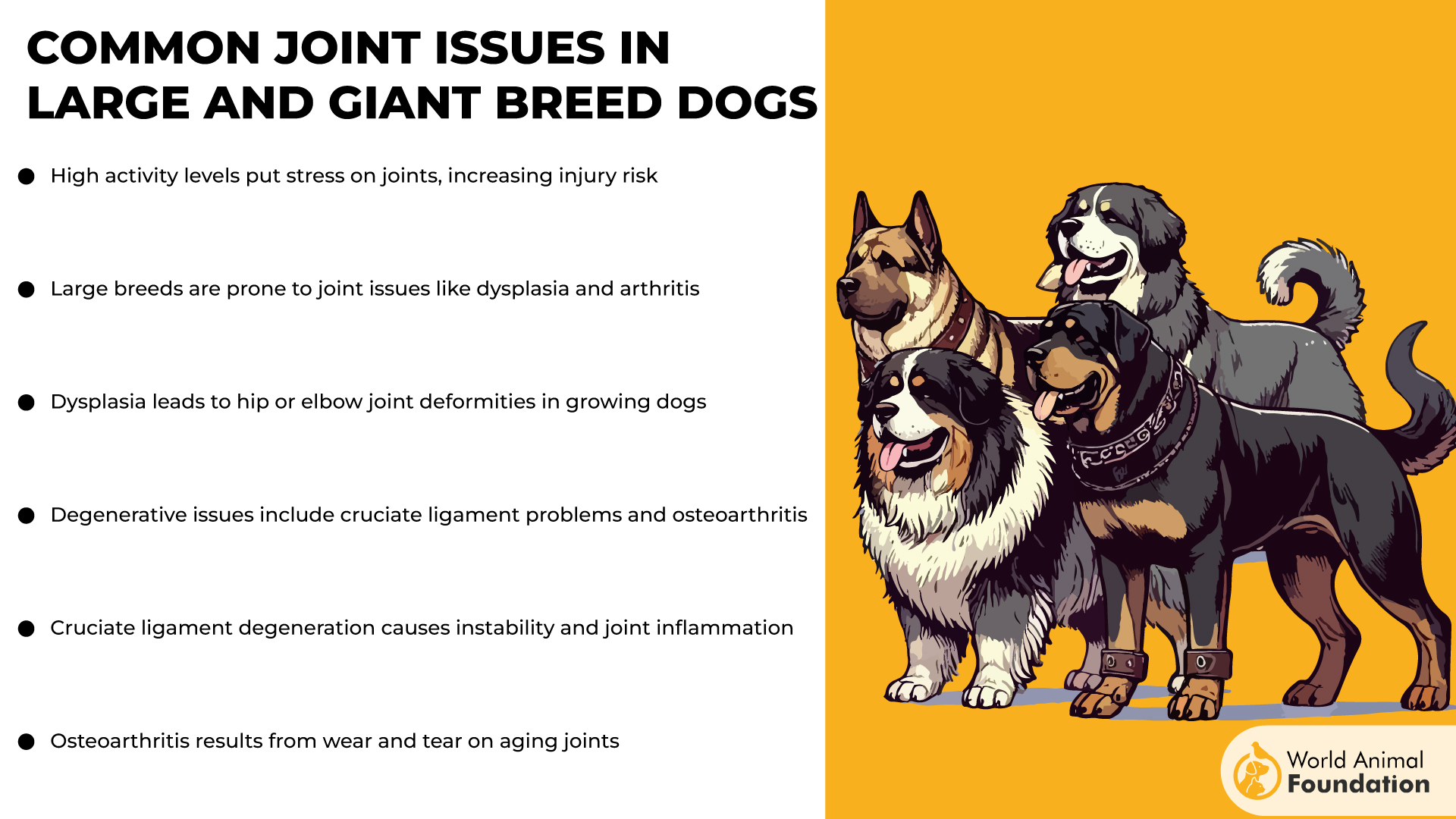
Another serious concern, especially for Great Danes, is dilated cardiomyopathy (DCM)—a heart condition that weakens the heart muscle. Mastiffs, on the other hand, are more prone to progressive retinal atrophy (PRA), a degenerative eye disease that can lead to blindness. These health problems can be managed with early diagnosis and proper care.
Unlike other breeds, Great Danes and Mastiffs also have a higher risk of bloat, a life-threatening stomach condition. Feeding smaller, frequent meals and avoiding vigorous activity after eating can help prevent it.
Preventive Care & Maintenance
Since these are large dogs, they require a well-balanced diet, regular exercise, and joint supplements to maintain mobility. Routine screenings for hip dysplasia and dilated cardiomyopathy are crucial for early detection.
Great Dane vs. Mastiff: Coat Type and Grooming
When it comes to grooming, both the Great Dane and Mastiff are relatively low-maintenance, but their sheer size means there’s still some work involved!
Coat Type & Shedding
Great Danes have short, sleek coats that shed moderately throughout the year. Their fur is smooth and easy to maintain, though they do shed more during seasonal changes. Mastiffs also have short coats, but theirs tend to be denser and shed a bit more heavily, especially during spring and fall.
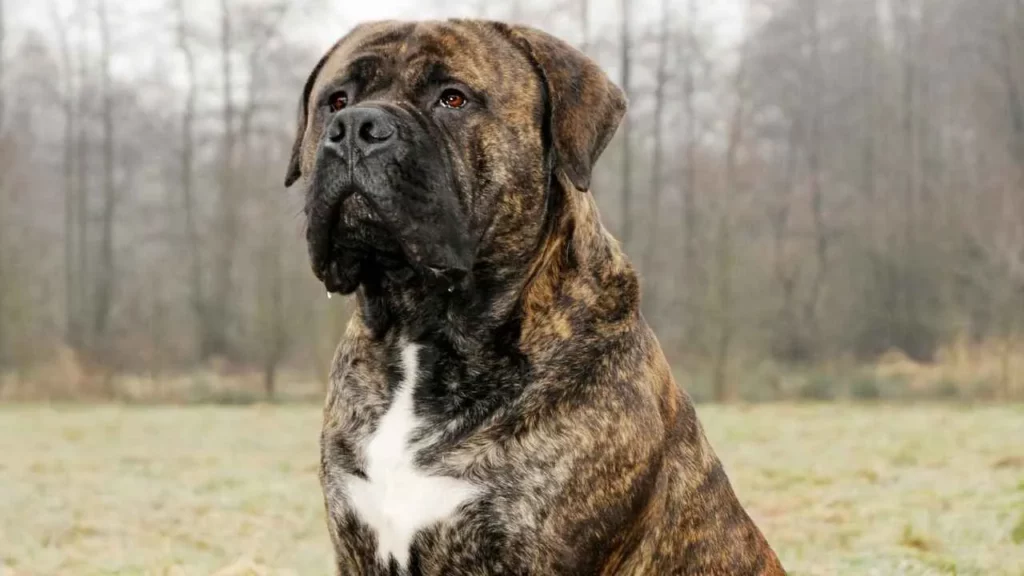
Grooming Frequency & Maintenance Tips
A weekly brushing session with a soft-bristle brush or grooming mitt helps control shedding and keeps their coat healthy. Bathing isn’t needed often—every 6–8 weeks is usually enough unless they get particularly dirty.
Mastiffs are known for excessive drooling, so regular face cleaning is a must! Both breeds also require routine ear cleaning, nail trimming, and dental care to prevent infections and maintain overall health.
Great Dane vs. Mastiff: Life Expectancy and Longevity
Both the Great Dane and Mastiff are incredible companions, but due to their enormous size, they tend to have a shorter lifespan compared to smaller breeds.
Average Lifespan Comparison
The average lifespan of a Great Dane is around 7–10 years, while a Mastiff typically lives between 6–12 years. There’s a big difference in longevity depending on genetics, lifestyle, and overall care. Unlike smaller animals, giant breeds age faster, which makes early health management crucial.
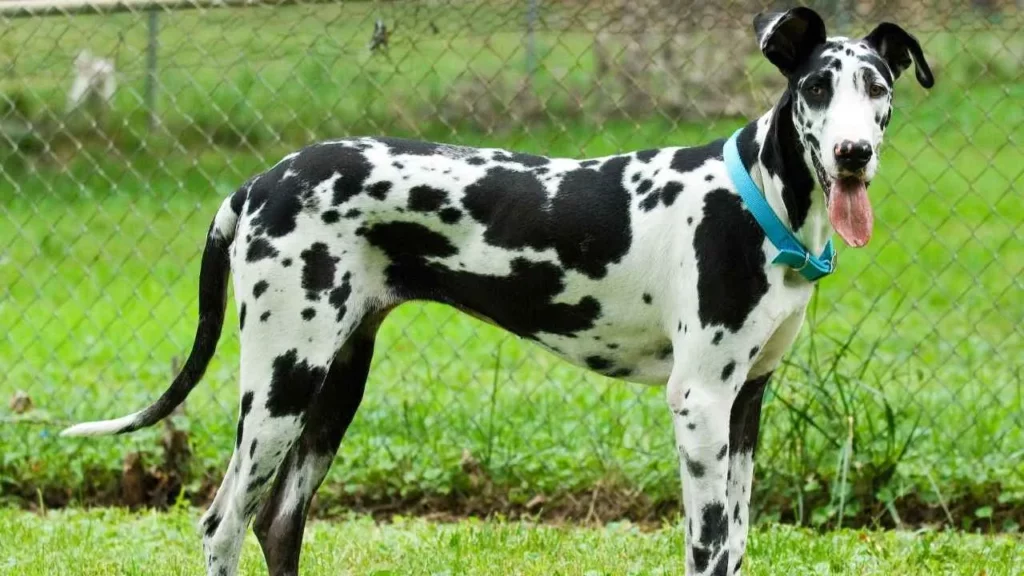
Factors Affecting Longevity
Genetics play a major role, so choosing a reputable breeder who prioritizes health screenings is essential. Diet and food quality, regular vet check-ups, and exercise also impact lifespan. Since both breeds are prone to heart issues and joint problems, maintaining a healthy weight is key.
Conclusion
Choosing between a Great Dane and Mastiff comes down to lifestyle and preference. If you prefer a gentle giant with an elegant build, the Great Dane might be the right fit. Meanwhile, Mastiffs, including the English Mastiff, have a history of being guardians, once even used to hunt wild boar.
Despite their size, both breeds are darn cute and loving companions. According to the American Kennel Club, proper training reduces any chance of aggression. Whether you’re a single person or have a young family, both breeds can adapt well with the right care.


